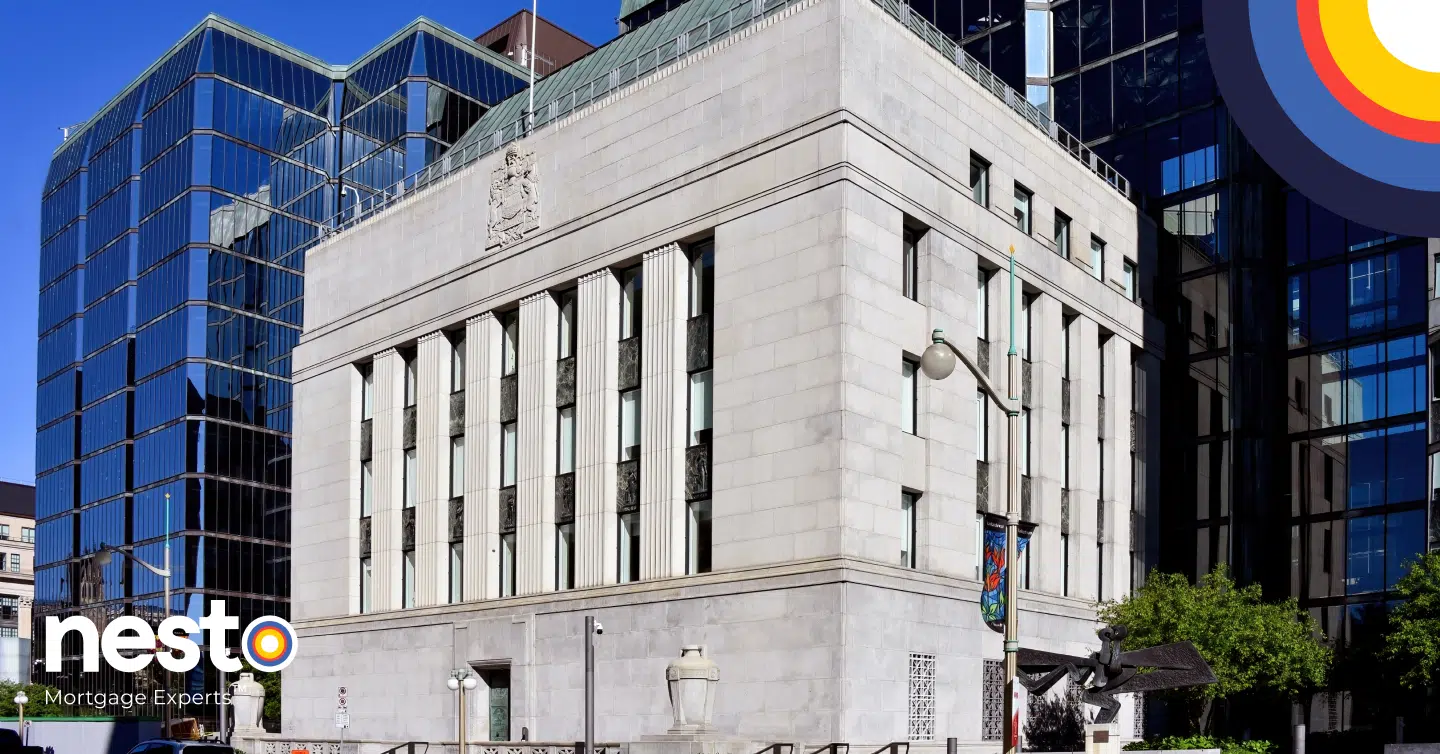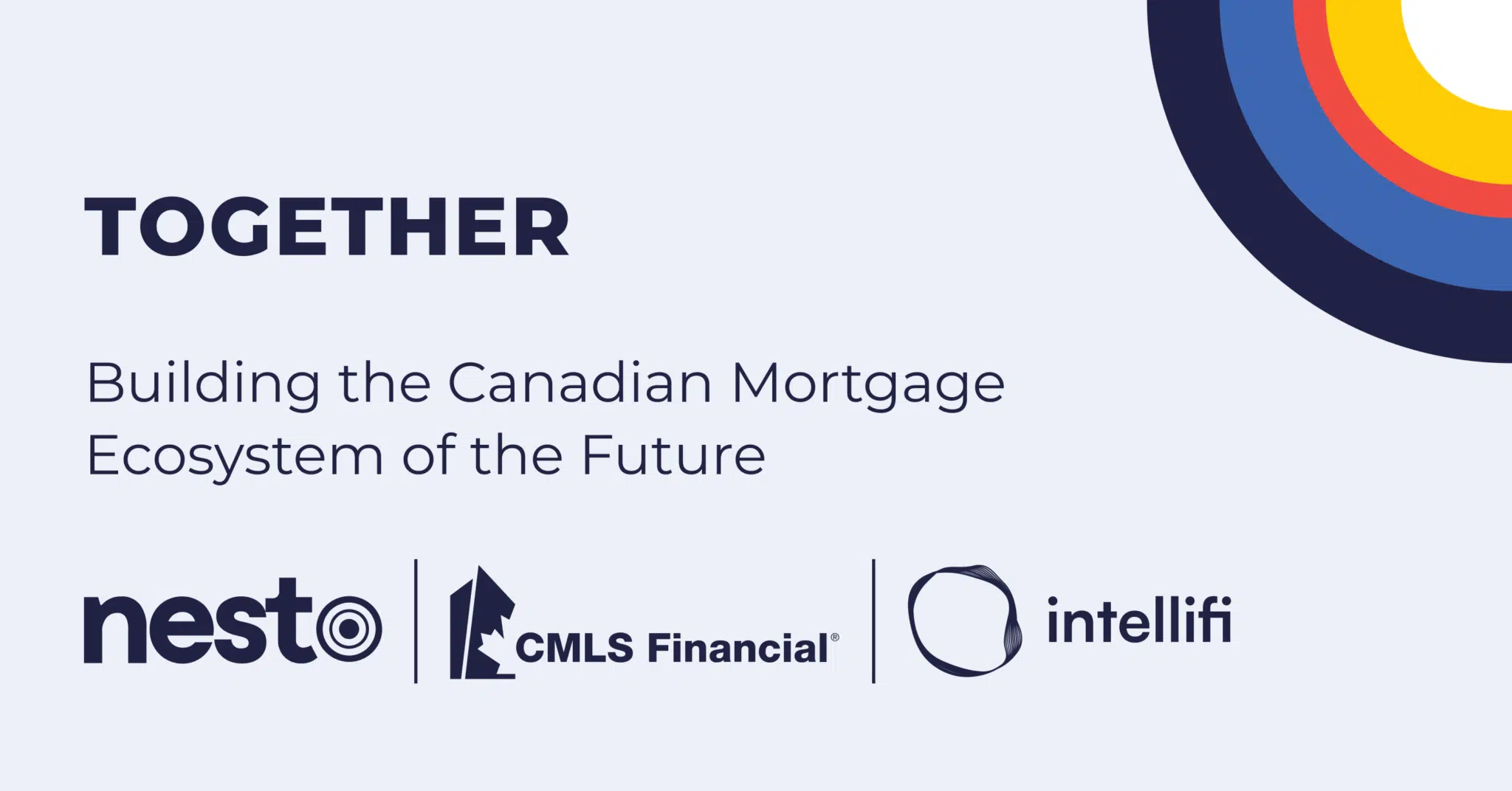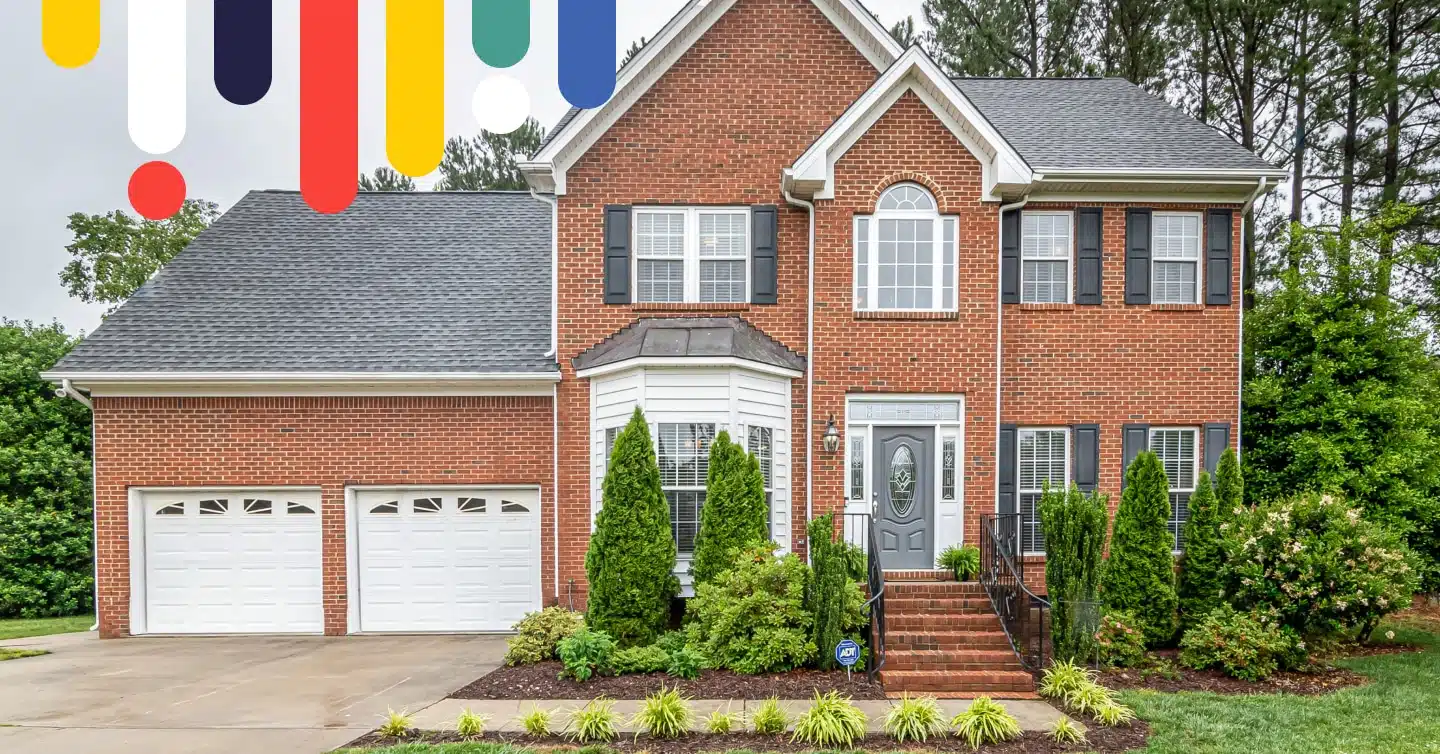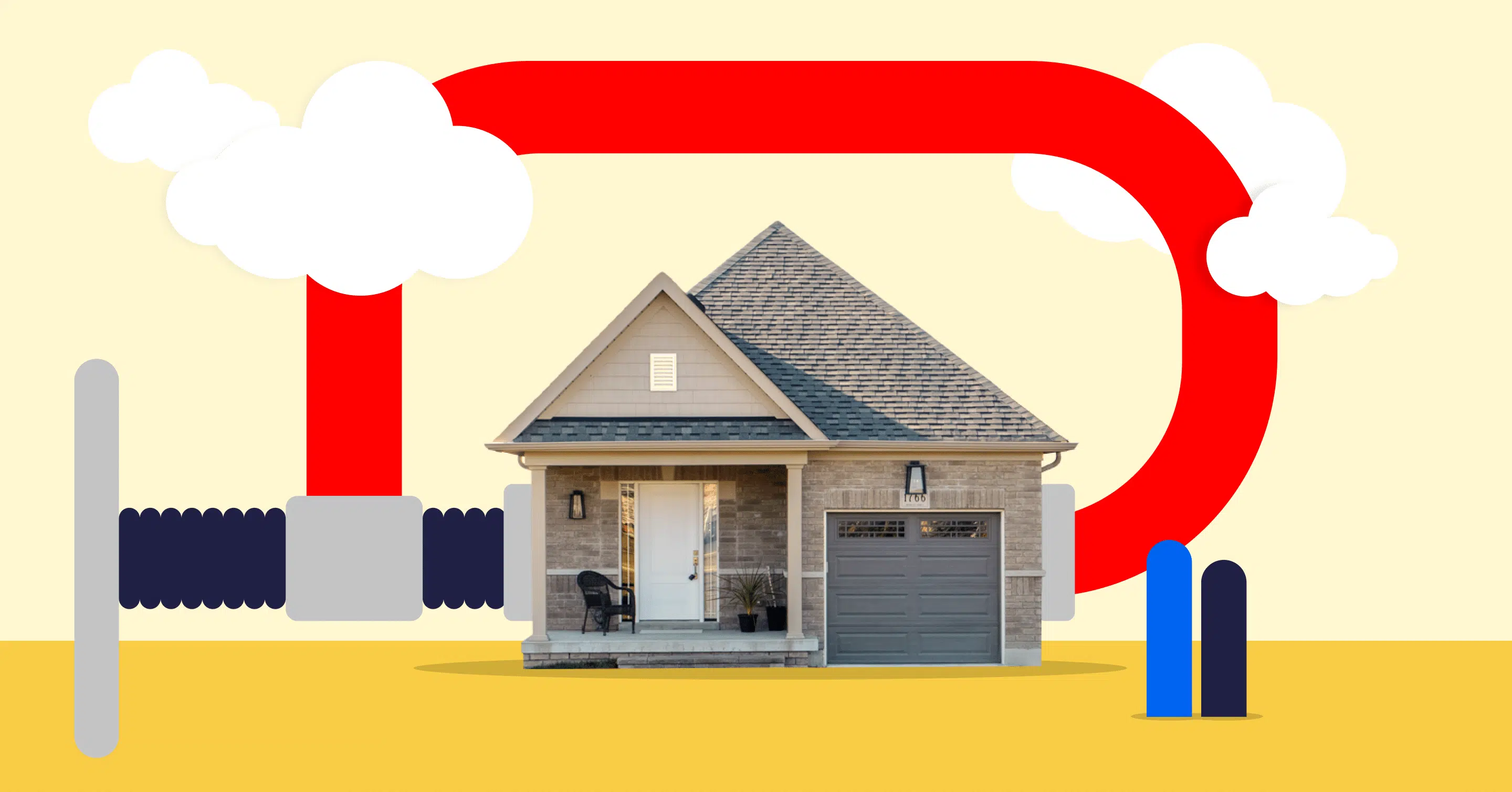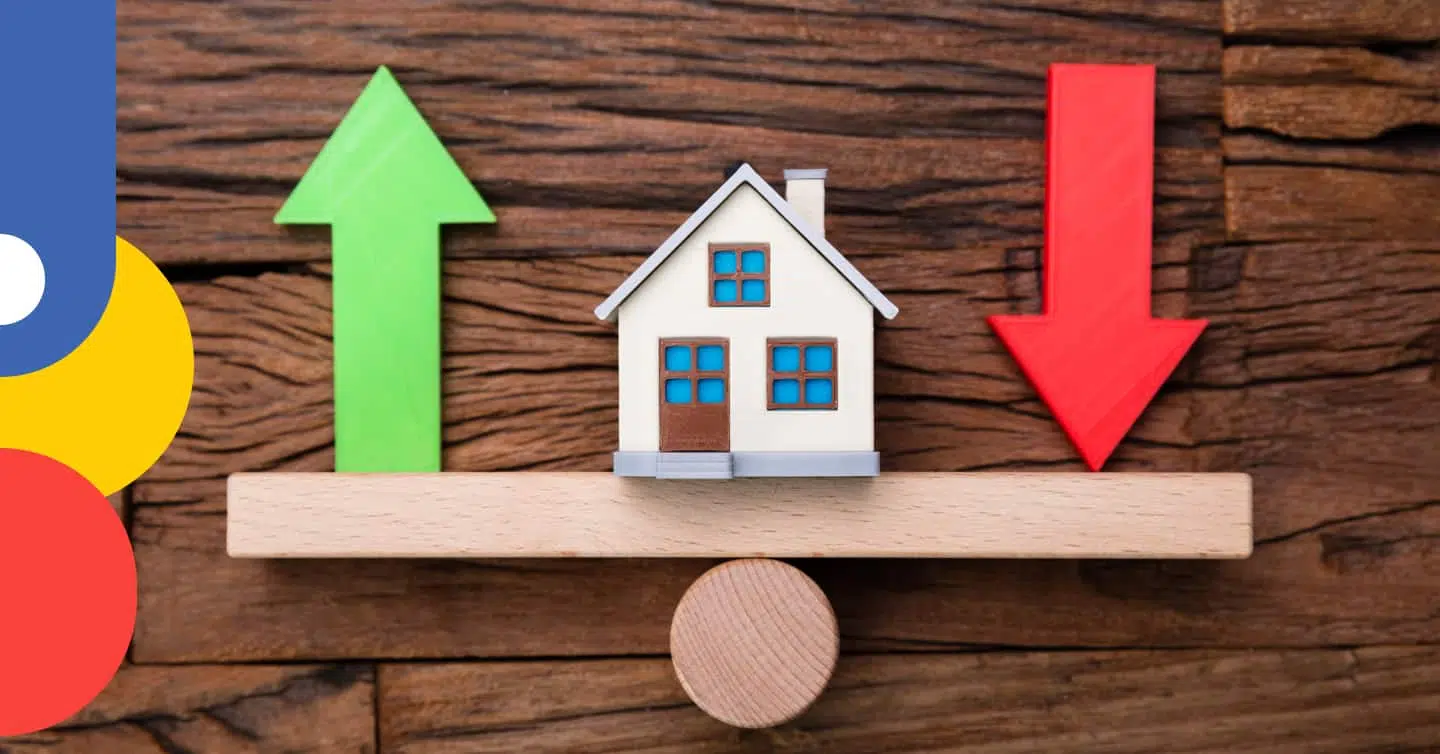London Housing Market Outlook 2025
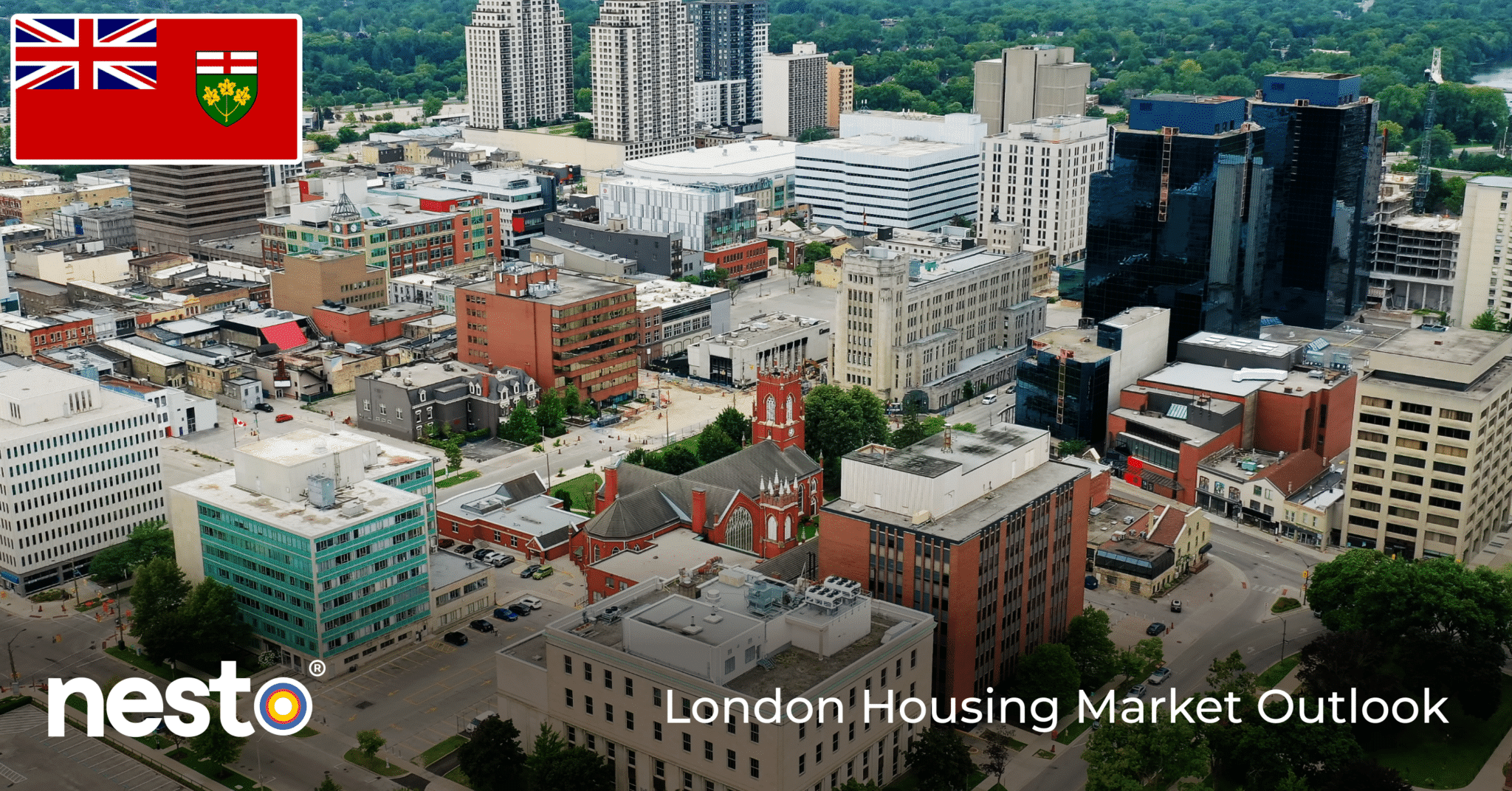
Table of contents
London Market Report Summary
- The average selling price of a home in London decreased by 2.2% year-over-year to $593,900 in May 2025.
- The average selling price of a single-family home in London decreased by 0.4% year-over-year to $651,500 in May 2025.
- The average selling price of a townhouse/multiplex in London decreased by 2.6% year-over-year to $488,200 in May 2025.
- The average selling price of a condo in London decreased by 5.9% year-over-year to $369,500 in May 2025.
- The average rent in London decreased by 3% year-over-year to $2,010 for May 2025.
- July 15, 2025: Today’s lowest mortgage rate in London is
for a 5-year fixed.
Composite Home Prices
![]()
The average selling price of a home in London was $593,900 for the month of May 2025, that’s increased by 0.8% compared to the previous month. On a year-over-year basis, London home prices have decreased 2.2% over the last 12 months.
Single-family Home Prices
![]()
The average selling price of a single-family home in London was $651,500 for the month of May 2025, that’s increased by 1.6% compared to the previous month. On a year-over-year basis, single-family home prices in London have decreased by 0.4% over the last 12 months.
Townhouse and Multiplex Prices
![]()
The average selling price of a townhouse in London was $488,200 for the month of May 2025, that’s decreased by 0.4% compared to the previous month. On a year-over-year basis, the price of a townhouse in London has decreased by 2.6% over the last 12 months.
Condo Prices
![]()
The average selling price of a condo in London was $369,500 for the month of May 2025, that’s decreased by 6.2% compared to the previous month. On a year-over-year basis, the price of a condo in London has decreased 5.9% over the last 12 months.
We’re curious…
London Housing Market Summary
Data from the London and St. Thomas Association of Realtors (LSTAR) indicates that the average price of resale residential homes sold across London in May 2025 was $593,900, and it decreased of 2.2% compared to a year ago.
LSTAR also reported a sales-to-new-listings ratio (SNLR) of 36%, indicating a Buyers in London for May 2025.
London Housing Inventory Builds as Market Remains Resilient
The London and St. Thomas region continued to show signs of adjustment in May 2025, as the local housing market balanced resilience with slower sales activity. According to the London and St. Thomas Association of Realtors (LSTAR), 722 homes were sold in May, representing a 15.4% decrease from the same period in 2023. Despite softer sales, the region remains stable, supported by rising inventory and solid price performance across several key segments.
More Listings, More Choice for Buyers
New listings jumped 15.3% year-over-year to 1,999 in May, while active listings climbed 26.5% to 3,253. This has pushed months of inventory to 4.5, indicating a shift toward a more balanced market where buyers have more leverage and sellers face increased competition. For comparison, this level of inventory hasn’t been seen consistently since the early 2010s.
● Home sales: 722 (–15.4% YoY)
● New listings: 1,999 (+15.3% YoY)
● Active listings: 3,253 (+26.5% YoY)
● Average sale price: $656,432 (+1.4% YoY)
● Composite benchmark price: $593,900 (–2.2% YoY)
● Months of inventory: 4.5
Home Prices Hold Steady Despite Weaker Sales
The average home price across the region reached $656,432 in May, a 1.4% increase from the same time last year. While the MLS HPI composite benchmark price of $593,900 was down 2.2% year-over-year, it rose 0.8% from April, suggesting that pricing may be stabilizing, even as demand remains cautious.
Benchmark pricing trends varied across housing types:
- Single-family: $651,500 (+1.6% MoM)
- One-storey homes: $602,700 (+3.5% MoM)
- Two-storey homes: $691,700 (+0.6% MoM)
- Townhomes: $488,200 (–0.4% MoM)
- Apartments: $369,500 (–6.2% MoM)
Apartments and townhouses showed the greatest downward pressure, while one-storey homes led all segments with the strongest price growth in May.
Middlesex and North London See Strongest Prices in Region
Middlesex Centre reported the highest average home price at $979,397, followed by London North at $742,398. Other areas, such as London South ($649,905), St. Thomas ($564,737), and London East ($524,701), remain relatively more affordable, offering a range of options for buyers across various budgets.
Market Resilience Amid External Economic Pressures
According to LSTAR Chair Dale Marsh, ongoing trade uncertainty from US tariffs has made some buyers more cautious. Yet the increase in listings and relatively stable prices suggest that confidence hasn’t disappeared altogether. Rather, buyers and sellers are adapting to new conditions, with more choice on the market and less pressure to compete.
Impact on Mortgages and Monetary Policy
London’s housing market may offer a blueprint for how mid-sized cities adjust to higher interest rates and economic uncertainty. With stable prices and growing inventory, the region provides more room for negotiation and planning, especially as the Bank of Canada eyes future rate cuts. For homebuyers in London, this is an ideal time to shop with less urgency. Renewers may benefit from more predictable valuations, while refinancers should carefully assess their equity position, as price growth remains modest outside premium areas of the region. If borrowing costs drop later this year, London is positioned to attract sidelined buyers back into the market without overheating.
Month-over-Month Market Expectations for London
Transactions – Number of Sales
![]()
The number of sales in London was 722 during May 2025, that’s increased by 10.6% compared to the previous month. On a year-over-year basis, sales in London have decreased by 6.7% over the last 12 months.
New Listings
![]()
The number of new listings in London was 1,999 during May 2025, that’s increased by 31.3% compared to the previous month. On a year-over-year basis, new listings in London have increased by 27.9% over the last 12 months.
Real Estate Market
![]()
The sales to new listings ratio (SNLR) in London was 36% during May 2025, indicating a Buyers. On a monthly basis, that’s decreased by 15.8% compared to the previous month. London’s yearly sales to new listings ratio has decreased by 27.1% over the last 12 months.
The sales to new listings ratio (SNLR) measures the number of home sales compared to new listings. An SNLR under 40% suggests a buyer’s market in which buyers have the upper hand and more negotiating power. An SNLR between 40% and 60% is a balanced market, while an SNLR of over 60% is considered a seller’s market.
Annual Changes to Composite Home Prices in London
We’re curious…
London Market Rents Summary
The average rent in London was $2,010 for the month of May 2025, which decreased by 3% on a year-over-year basis.
The average rent for a bachelor apartment in London was $0 for the month of May 2025, which 0 by 0% on a year-over-year basis.
The average rent for a 1-bedroom apartment in London was $1,752 for the month of May 2025, which decreased by 2% on a year-over-year basis.
The average rent for a 2-bedroom apartment in London was $2,125 for the month of May 2025, which decreased by 2% on a year-over-year basis.
The average rent for a 3-bedroom apartment in London was $1,752 for the month of May 2025, which decreased by 2% on a year-over-year basis.
How Does Renting Compare with Homeownership in London?
Each $100,000 in mortgage balance costs an average of $521.15 per month on nesto’s lowest fixed 5-year rate at
Rates used for calculation are those offered on insured purchases with less than a 20% downpayment on a 25-year amortization. Canada’s policy rate is 2.75%, and nesto’s prime rate is set to 4.95%.
Rental Price Changes by City
Rental Price Changes by Province
Rental Price Growth by Housing Type
We’re curious…
Frequently Asked Questions (FAQ) on London Housing Market Outlook for 2025
Will home prices in London rise in 2025?
London’s home prices are expected to stabilize with slight increases in 2025. The city’s affordability and proximity to the Greater Toronto Area (GTA) make it attractive for buyers seeking better value.
Is London a good city to buy a home in 2025?
London remains a top choice for buyers priced out of larger cities like Toronto. It offers substantial investment opportunities, affordable housing, growing infrastructure, and a demand for suburban living.
Will mortgage rates improve affordability in London?
Falling mortgage rates in 2025 will increase affordability, attracting first-time homebuyers (FTHB) and investors to London’s housing market.
How affordable will London homes be in 2025?
London’s housing prices will remain significantly more affordable than those of cities like Toronto. Options for single-family homes, condos, and townhouses will meet various budgets.
What trends will drive London’s housing market?
Affordability, increasing demand from GTA buyers, and population growth will drive London’s housing market into 2025.
Why Choose nesto
At nesto, our commission-free mortgage experts, certified in multiple provinces, provide exceptional advice and service that exceeds industry standards. Our mortgage experts are non-commissioned, salaried employees who provide impartial guidance on mortgage options tailored to your needs and are evaluated based on client satisfaction and advice quality. nesto aims to transform the mortgage industry by providing honest advice and competitive rates using a 100% fully digital, transparent, seamless process.
nesto is on a mission to offer a positive, empowering and transparent property financing experience – simplified from start to finish.
Contact our licensed and knowledgeable mortgage experts to find your best mortgage rate in Canada.
Ready to get started?
In just a few clicks, you can see our current rates. Then apply for your mortgage online in minutes!


